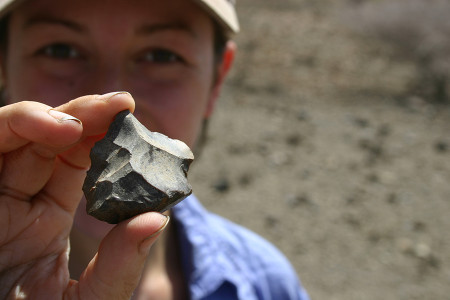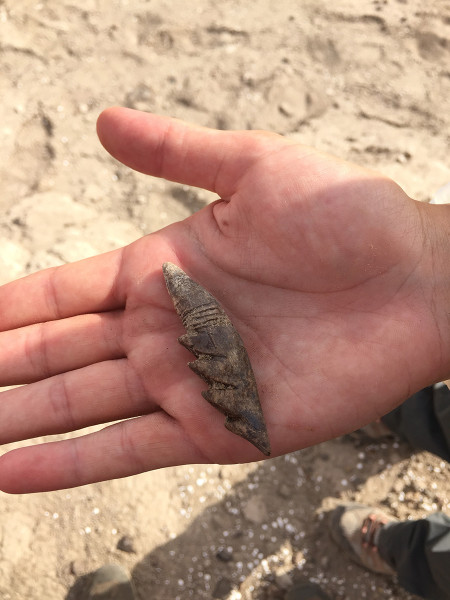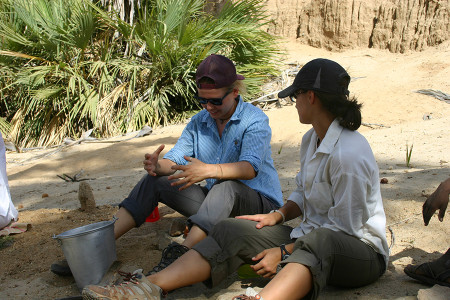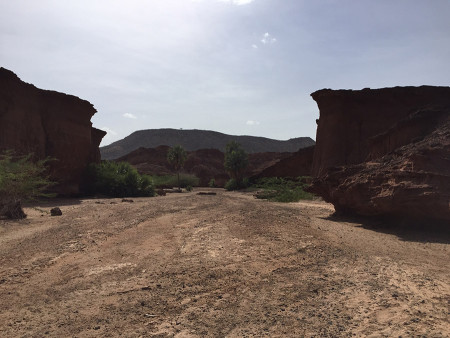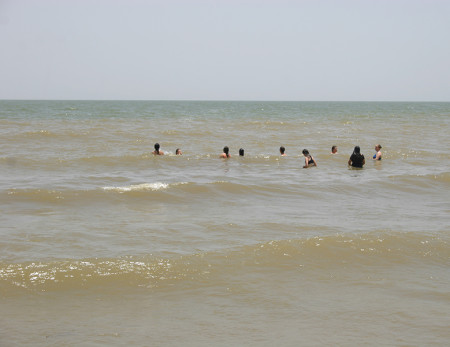Spring 2015 Field School ends :(
This semester we have learned a lot....we have made lifelong friends and we have grown as an individual. We are sad to leave but it's time to move on. Here are some pics from our last week in Turkana. One last day in Lodwar town... . One last lunch in Lodwar at The Diner. [...]




